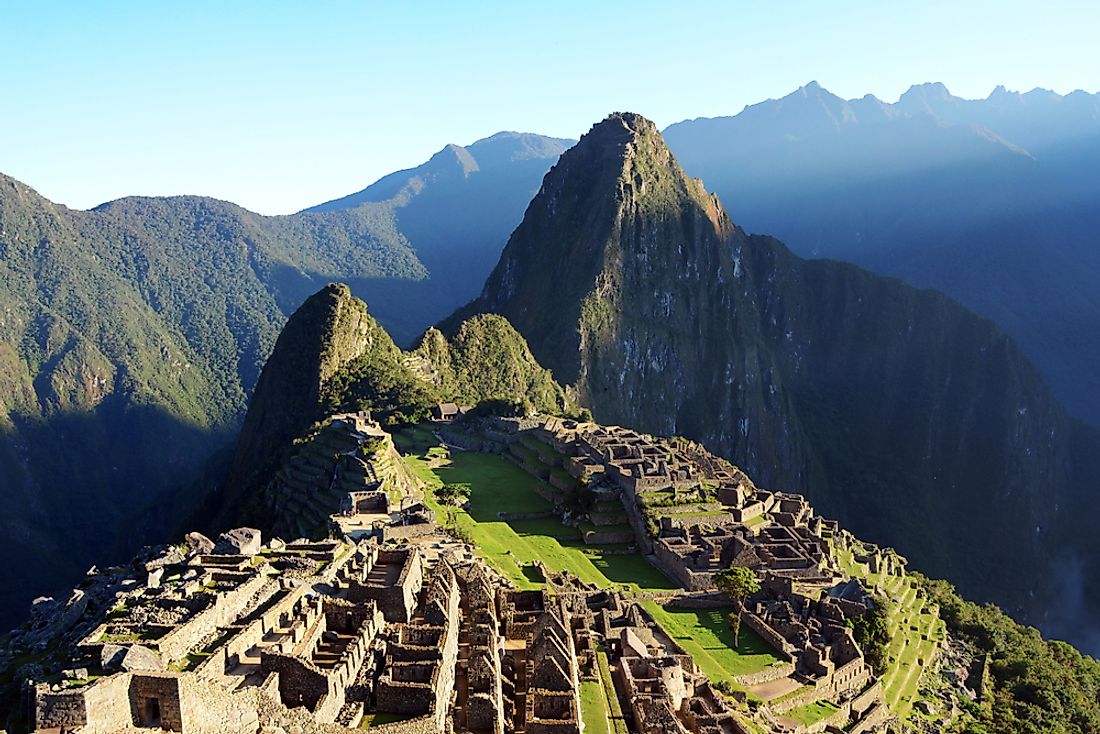
The World's Oldest Civilizations
To decipher the buried legends of humanity's past, one must be prepared to sift through archaeological scraps that refuse to share their secrets. From ancient Egypt to Mesopotamia and beyond, some of the earliest known societies have left us with incredible legacies that have shaped our world. The scraps we have show proof of these recorded civilizations, allowing us to examine their ways of life, cultures, and religions through time. Endless fascinating stories exist about these powerful dynasties and mysterious kingdoms, whose origins pre-date much of written history. So get ready for an in-depth look at human civilization during its primeval stages.
- The Sumerian Civilization
- The Peru Civilization At Caral-Supe
- The Egyptian Civilization
- The Indus Valley Civilization
- The Ancient Chinese Civilization Of Xia
- The Ancient Israeli Civilization
- Ancient Mesoamerican Civilization Of Olmecs
- Ancient Greek Civilization
- Ancient Roman Civilization
- The Mayan Civilization
1. The Sumerian Civilization (4100-1750 BCE)
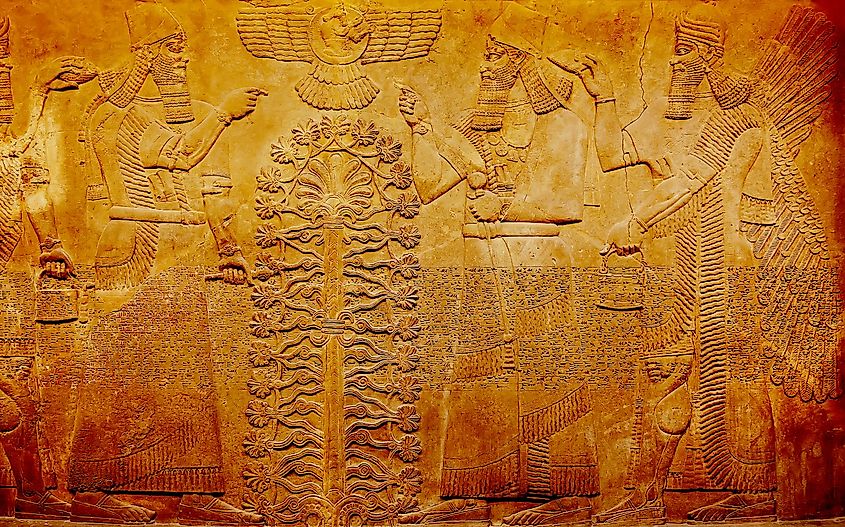
The Sumerian civilization began in Mesopotamia between 4500 and 4000 BCE. Before this, neolithic people established villages in the area around 8000 BCE. This activity prompts some historians to refer to Mesopotamia as the "cradle of civilization." This ancient culture is notable for its many inventions and achievements, such as agriculture and irrigation systems allowing crop growth in otherwise barren areas. The Sumerians also developed a polytheistic worldview, constructing great temple mounds known as ziggurats. These structures provided architectural and religious significance to the society–demonstrating the importance placed on spirituality within their culture. Thus, even thousands of years later, it is possible to follow in the footsteps of one of humanity's first civilizations, as many of those structures still remain.
2. The Peru Civilization At Caral-Supe (3500 BCE - 1800 BCE)
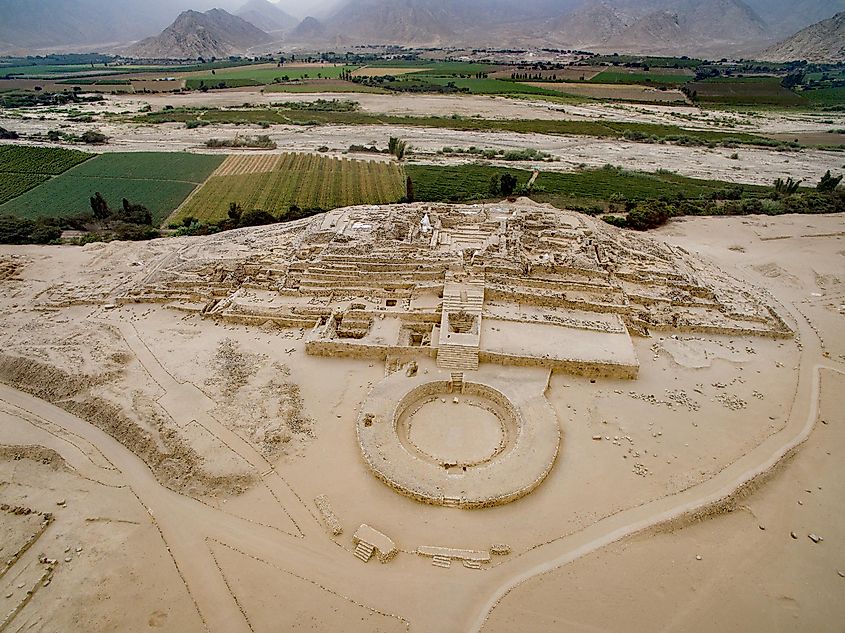
The ancient Peru Civilization, considered by some to be more mysterious than the later Inca, began around 3000 BCE. Evidence of this pre-Inca culture comes from the ruins of pyramids at Caral-Supe in Peru, which are believed to be older and perhaps even more remarkable than their Egyptian analogs. The Peru civilization likely impacted the entire region until its eventual displacement by the Incans in 12 century CE. It is a classic story of cultural evolution, and their monuments are reminders of one of the oldest societies on Earth.
3. The Egyptian Civilization (3150 BCE - 30 BCE)
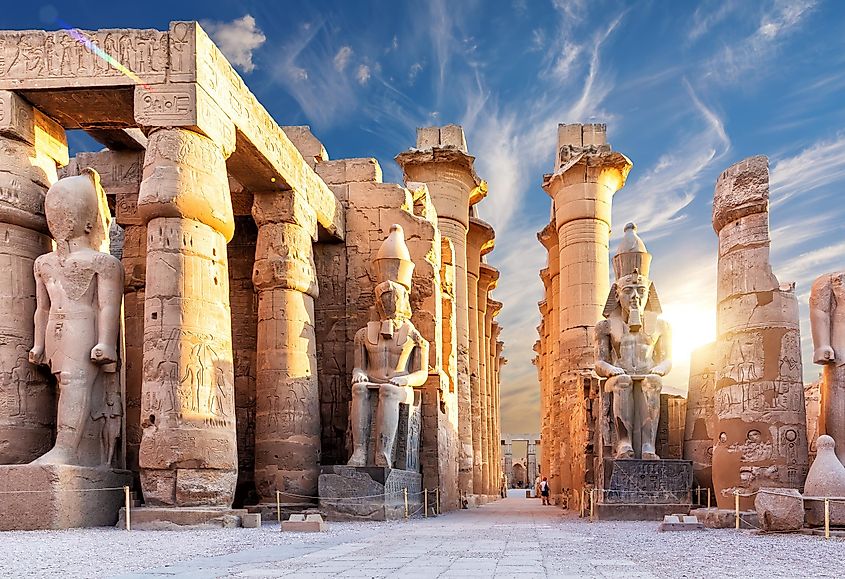
Historians pinpoint the beginning of the Egyptian Civilization around 3150 BCE. Even before then, some settlements existed in the area around 6000 BCE. People living at Marimda Banī Salāma were among the first people to have grown cereals like wheat and barley around this time, making it possibly one of the earliest agricultural communities that existed in Ancient Egypt or anywhere else. A great king named Menes ended a war between upper and lower Egypt, united two kingdoms, and founded them into one around 3150 BCE. The resulting society is often regarded as Egypt's first empire. Hieroglyphs became the writing system for Egypt and were used to document Egyptian history on monuments for millennia to come. In addition to Hieroglyphs, pyramid construction also began after 2700 BCE - another trait for which Egypt is famous.
4. The Indus Valley Civilization (3300 BCE - 1300 BCE)

The Indus Valley civilization, which began around 2600 BCE but potentially had roots as far back as 3300 BCE, was an ancient civilization with two major cities, Harappa and Mohenjo-Daro. Numerous small villages supported these two cities. A key factor that separated the Indus Valley civilization from many other cultures of the time was the intricate irrigation systems that allowed them to practice irrigated agriculture. Surviving in a flood plain was only possible through incredible feats of engineering, for which the Indus Valley people possessed the capacity. The culture also domesticated many animals. Furthermore, the civilization made widespread use of the Harappan script, which is considered its lingua franca.
5. The Ancient Chinese Civilization Of Xia (2070 BCE - 1600 BCE)
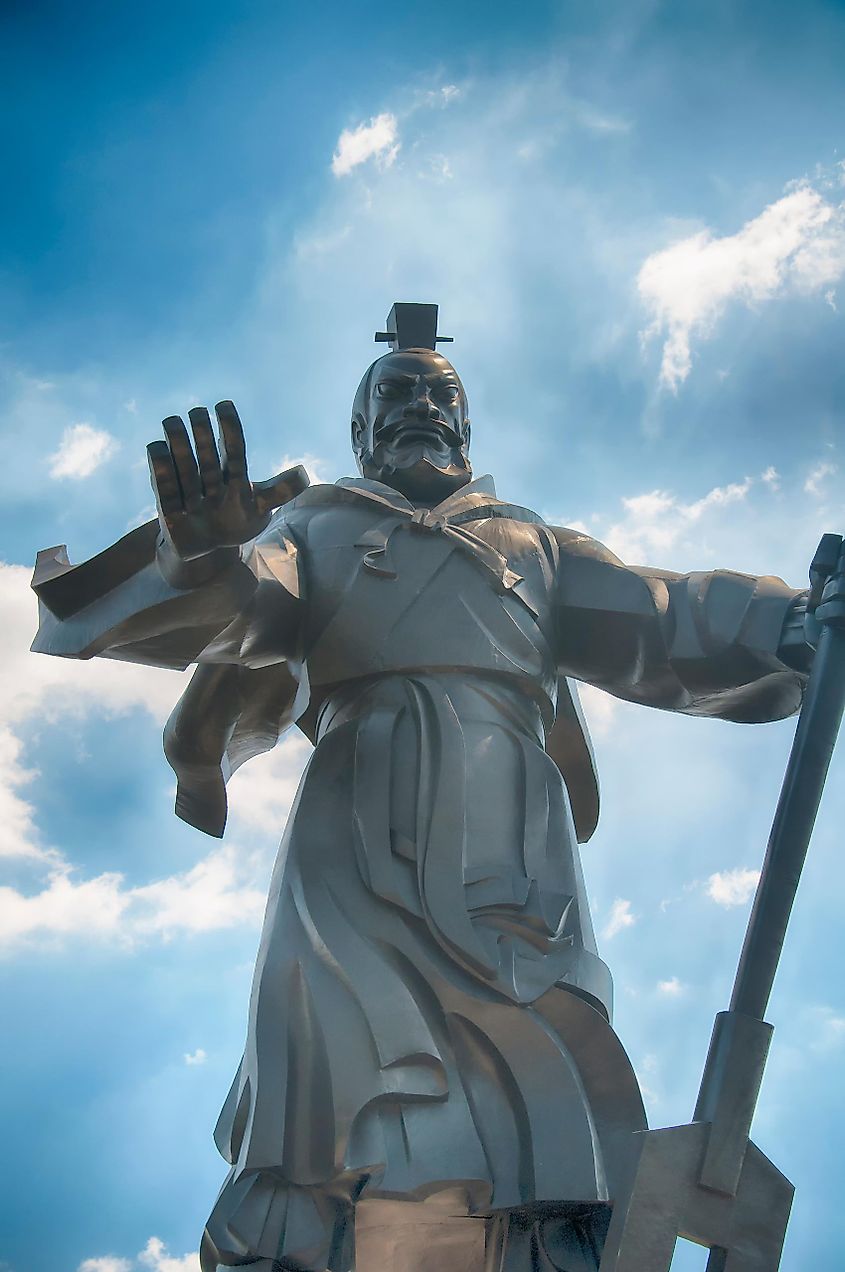
The Chinese Xia Dynasty began around 2070 BCE, forming a vibrant history that has extended throughout the generations. Animals were domesticated as early as the 6th millennium BCE in this area, and the area eventually became capable of important inventions such as silk processing in 3630 BCE. According to legend, Yu was the founder of the Xia Dynasty, and early myth credits him with draining waters from a destructive flood. He was later regarded as a harvest deity. These momentous events and figures have left an indelible mark on China's past - a past that continues to serve as a source of knowledge for China's present and future.
6. The Ancient Israeli Civilization (1500 BCE - 63 BCE)
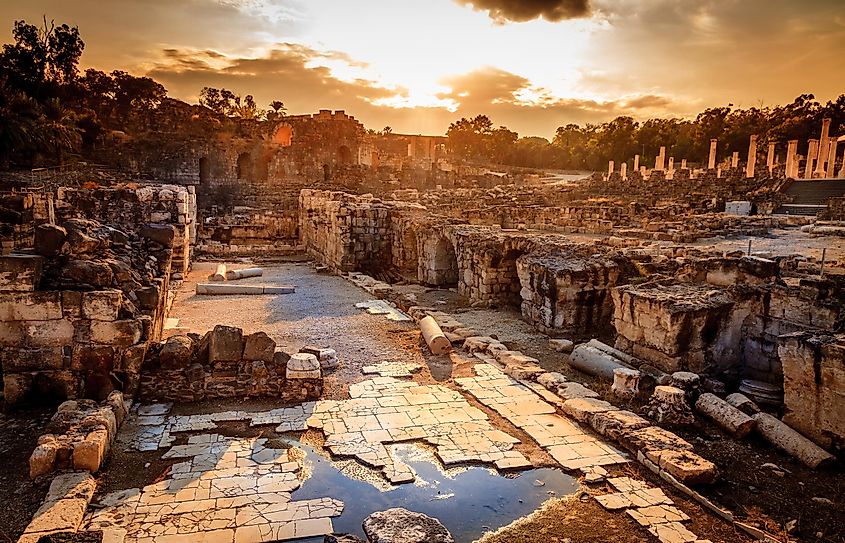
The monotheistic Israeli civilization began around 1500 BCE, with a history so controversial and disputed that historians and archaeologists debate the origins of the civilization. Abraham, commonly accepted as the founder of the faith, is believed to have left Ur some 500 hundred years prior. However, written evidence of the Jewish civilization is present in an archaeological artifact, the Merneptah Steele, found in 1213 BCE. The precise details concerning their alleged immigration to and from Egypt between this time remain an enigma, and it is possible it never happened. However, it is common knowledge that they were often victims of hostile takeovers by larger belligerent empires that surrounded the nation. While ancient Israel fell after having been quelled by Roman domination in 63 BCE, its legacy persists through the structure and values that modern-day Israel strives to replicate.
7. Ancient Mesoamerican Civilization Of Olmecs (1200 BCE - 400 BCE)
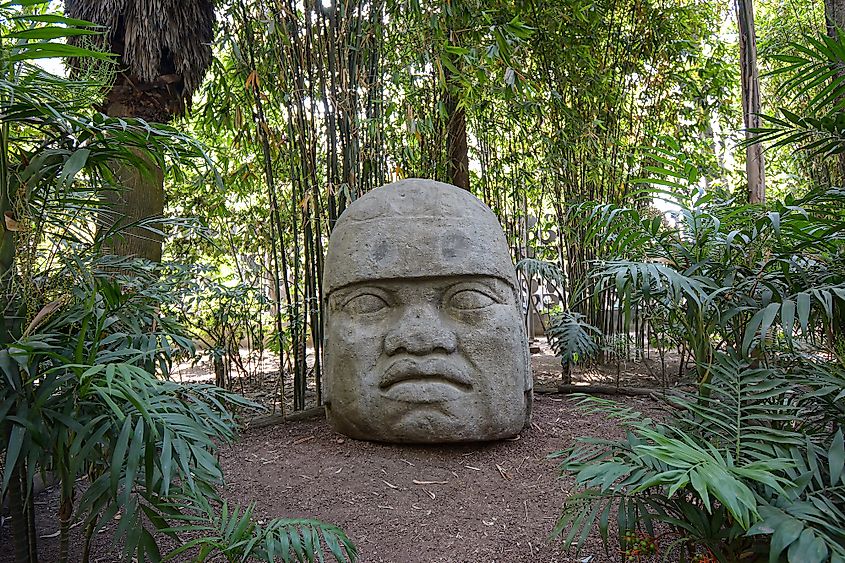
The Olmecs were an ancient Mesoamerican civilization that flourished from roughly 1200 BCE to 400 BCE in the tropical lowlands of Mexico. They are credited as being one of the earliest major indigenous civilizations and contributed essential inventions such as writing, mathematics, and calendar systems. In addition, the Olmecs used their advanced cultural achievements for various purposes, including trade, religious ceremonies, and artistry. However, by the end of their reign, warfare, overpopulation, climate change, disease, and political strife caused them to decline. Eventually, they lost power to other regional authorities, such as the Mayans.
8. Ancient Greek Civilization (800 BCE - 323 BCE)
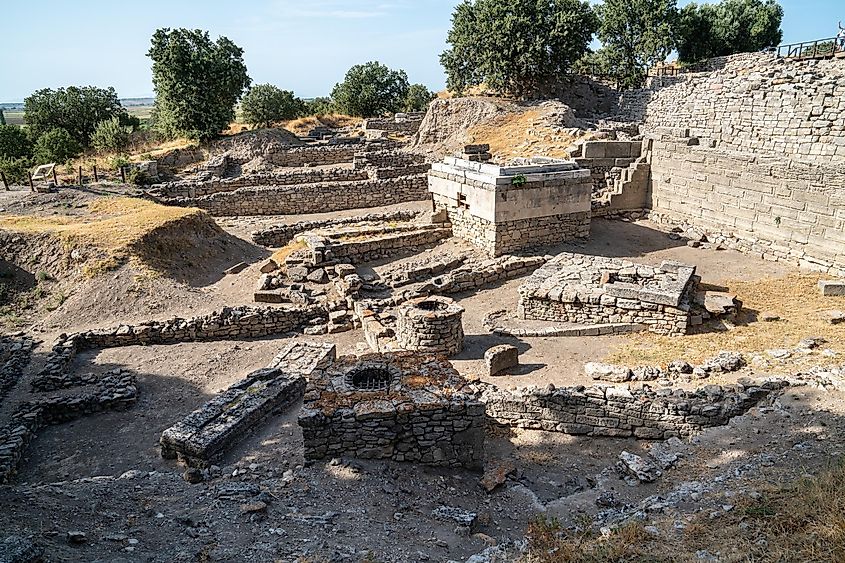
Ancient Greece was one of the earliest civilizations that flourished between 800 BCE and 323 BCE. It was known for its significant architectural achievements, many of which still stand today. They invented the first democracy based on citizens having an equal say in their government. Ancient Greek culture emphasized learning and education, inspiring Europeans to study philosophy and science. Their art and literature are some of the most influential works in Western civilization, including works by Homer, Plato, Sophocles, Aristotle, and others. Ancient Greece was also known for its sporting competitions, such as the Olympic games. These tournaments first began in 776 BCE. Prior to these Olympic games, Greece experienced a dark age due to the collapse of the legendary Mycenaean Civilization in 1200 BCE.
9. Ancient Roman Civilization (753 BCE - 476 CE)
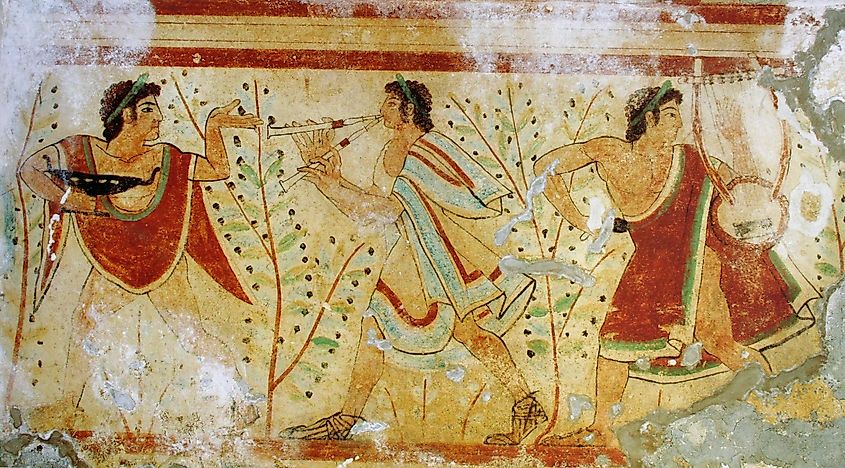
Ancient Rome was a highly influential civilization between 753 BCE and 476 CE. It began as an agricultural and pastoral society that later evolved into an advanced city-state with powerful military capabilities. Ancient Roman culture flourished with advances in engineering, architecture, art, literature, and philosophy. This period is responsible for launching some of the most influential works in western civilization, such as Virgil's Aeneid, Cicero's essays, and Julius Caesar's writings. However, Rome eventually fell due to invasions by various groups as well as its internal strife. After being sacked by Visigoths in 410 CE, it was finally conquered by Odoacer in 476 CE, ending its reign as an independent empire.
10. The Mayan Civilization (250 CE - 1697 CE)
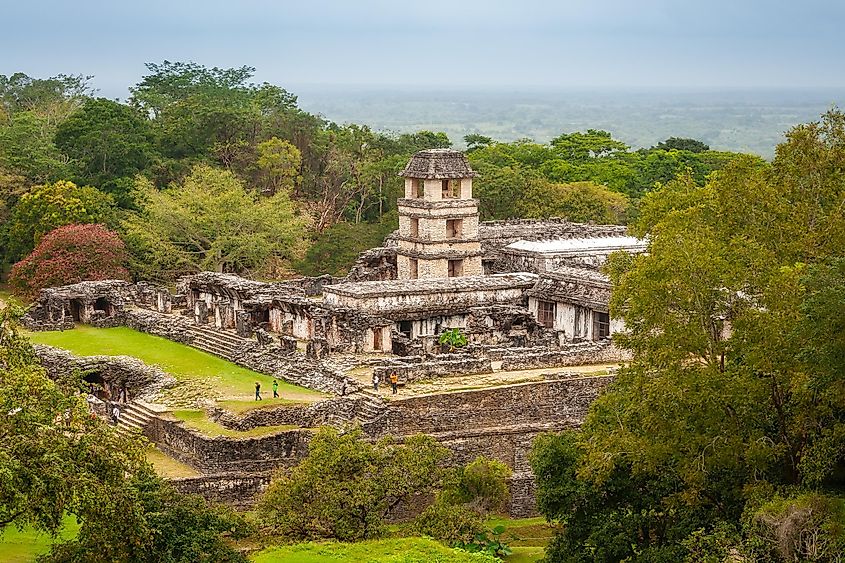
The Mayan civilization of Mesoamerica is known for its hieroglyphic writing, astounding stone structures, pantheon religion, and accomplishments in mathematics and astronomy. From settlement in 1500 BCE to around 250 CE, the civilization flourished as they relied heavily on corn for agriculture. This steady development led to the classic Mayan period around 250 CE, where Mayans built many iconic and impressive cities and temples, and hieroglyphic writing became more popularized. However, despite all the advancements in religion, math, and astronomy during these centuries, Mayan civilization faded from existence around 1697 CE. Some historians point to violent conflicts or agricultural issues as the cause of the Mayan demise. It is a long-standing mystery that still needs to be uncovered through extensive research or revolutionary findings into how their culture declined so quickly in such a short amount of time.
These great civilizations spanned the entire globe and grew from primitive farming villages to highly developed empires. In tracing their history, it is possible to outline the evolution of modern culture and gain insight into the incredible impact civilizing has had on the human species over millennia. From Sumerian ziggurats to the vanished Maya, these ancient cultures have shaped how humans interact with each other and with technology. Humans are inextricably linked to these ancient peoples, who were far ahead of their time. It is humbling to recognize how these early dwellers took steps that resonated across centuries to influence everyday life today. Their creativity, intelligence, and tenacity should inspire visionaries of today to continue pushing boundaries to make humanity more diverse and sophisticated.
| Rank | Name of Civilization | Period |
|---|---|---|
| 1 | Ancient Sumerian Civilization | 4100 BCE - 1750 BCE |
| 2 | Peru Civilization At Caral-Supe | 3500 BCE - 1800 BCE |
| 3 | Ancient Egyptian Civilization | 3150 BCE - 30 BCE |
| 4 | Indus Valley Civilization | 3300 BCE - 1300 BCE |
| 5 | Ancient Chinese Civilization Of Xia | 2070 BCE - 1600BCE |
| 6 | Ancient Israeli Civilization | 1500 BCE - 63 BCE |
| 7 | Ancient Mesoamerican Civilization of Olmecs | 1200 BCE - 400 BCE |
| 8 | Ancient Greek Civilization | 800 BCE - 323 BCE |
| 9 | Ancient Roman Civilization | 753 BCE - 476 CE |
| 10 | The Mayan Civilization | 250 CE - 1697 CE |











